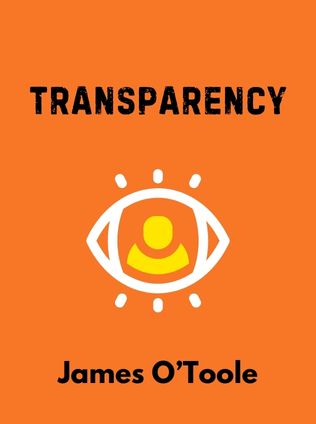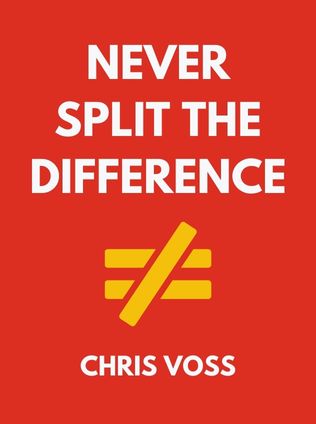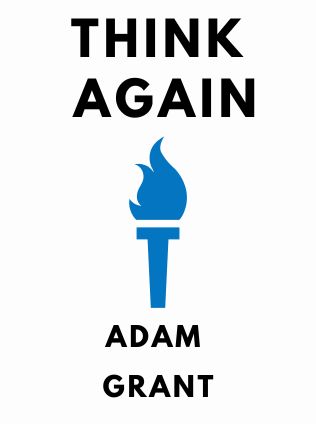
Transparency
How Leaders Create a Culture of Candor
By James O’Toole,
Published 06/2008
About the Authors
Warren Bennis is a distinguished author and expert in the field of leadership. His work has greatly influenced the study and practice of leadership. Bennis has authored numerous best-selling books, including "On Becoming a Leader" and "Organizing Genius."
Daniel Goleman is a renowned psychologist and author, best known for his groundbreaking books "Emotional Intelligence" and "Social Intelligence: The New Science of Human Relationships." Goleman's work focuses on the role of emotional intelligence in leadership and personal development.
James O'Toole is the Daniels Distinguished Professor of Business Ethics at the University of Denver's Daniels College of Business. He has authored 17 books, including "Leading Change" and "Creating the Good Life." O'Toole's expertise lies in business ethics and leadership.
Main Idea
"Transparency: How Leaders Create a Culture of Candor" explores the vital importance of transparency in leadership and organizational culture. The authors argue that transparency is crucial for building trust, fostering integrity, and ensuring the long-term success of any organization. They delve into the challenges and benefits of transparency, providing leaders with practical insights on how to create and maintain a culture of openness and candor.
Table of Contents
- Creating a Culture of Candor
- Not Lying
- Rise of the Blogosphere
- What Is a Culture of Candor?
- Information Flow
- Damming the Flow of Information
- Choosing Transparency
- Set a Good Example
- Values Matter
- Speaking Truth to Power
- The New Transparency
- Transparency's Woes
- Electronic Advisers
- Genuine Transparency
- Authenticating Online Information
- Unanticipated Changes
Creating a Culture of Candor
In the book, the authors start by discussing the need for a culture of candor within organizations. This culture is built on the foundation of transparency, which involves open communication, honesty, and ethical behavior. A significant example is the 2007 incident in Xiamen, China, where citizens successfully protested against a petrochemical plant using modern communication tools like email, blogs, and text messages.
"Transparency encompasses candor, integrity, honesty, ethics, clarity, full disclosure, legal compliance and a host of other things that allow us to deal fairly with each other." - Warren Bennis
Not Lying
The concept of transparency often gets muddled, especially when leaders claim to be transparent without genuinely practicing it. The authors point out that claiming transparency is different from actually being transparent. In many organizations, there is a significant gap between what leaders say and what they do.
Sign up for FREE and get access to 1,400+ books summaries.
You May Also Like
How To Win Friends and Influence People
The All-Time Classic Manual Of People Skills
By Dale CarnegieQuiet: The Power of Introverts
The Power of Introverts in a World That Can't Stop Talking
By Susan CainThe Lean Startup
How Today's Entrepreneurs Use Continuous Innovation to Create Radically Successful Businesses
By Eric RiesWho Moved My Cheese?
An Amazing Way to Deal with Change in Your Work and in Your Life
By Spencer Johnson, M.D.Make Your Bed
Little Things That Can Change Your Life...And Maybe the World
By William H. McRaven



















